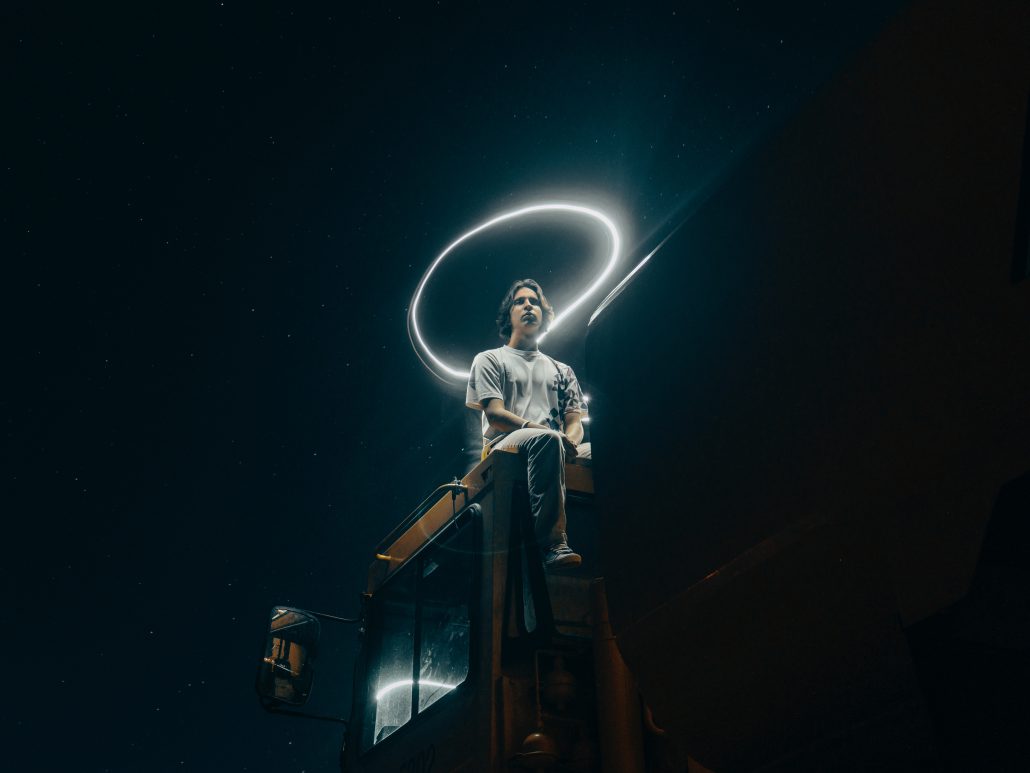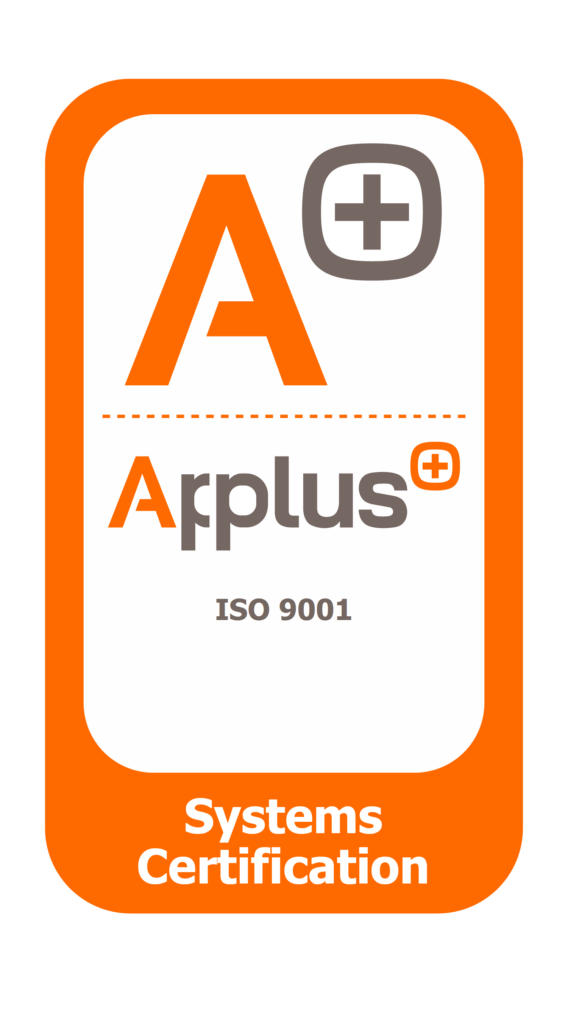
How an Enterprise IoT Platform Can Help Companies Avoid Fines from Non-Compliance with EU Ecodesign Requirements for Lighting
European Union (EU) regulations ensure that products are designed with energy efficiency in mind. By establishing minimum energy efficiency standards, the 2009 Ecodesign Directive seeks to reduce the environmental impact of energy-related products such as lighting. The directive sets minimum energy efficiency requirements for lamps, luminaires, and control equipment sold in the European Union. The requirements are intended to guarantee that lighting products sold in the EU are energy-efficient and eco-friendly.
The directive is part of a more considerable EU effort to reduce greenhouse gas emissions and enhance energy efficiency. Reducing energy consumption in lighting products can contribute to significant energy savings and reductions in greenhouse gas emissions, as lighting accounts for a substantial portion of global energy consumption.
Noncompliance with the EU Ecodesign Directive for lighting products can have severe repercussions. Companies found selling non-compliant products are subject to fines and other penalties, including removing their products from the market. Fines for noncompliance can vary based on the severity and duration of the violation, as well as the company’s size.
The penalties for noncompliance can range from simple warnings to significant fines. For instance, a company discovered to be selling non-compliant products may be fined up to 10% of its annual revenue. In addition to monetary penalties, noncompliance can harm a company’s reputation and brand image, making future business problematic.
Therefore, companies must guarantee that their lighting products comply with the EU Ecodesign Directive. Utilizing an enterprise IoT platform can assist businesses in achieving compliance, avoiding sanctions, and increasing the energy efficiency of their lighting products.
Benefits of a Lighting Compliance IoT Platform
An IoT platform can offer numerous advantages for lighting compliance.
First, it facilitates remote lighting fixture monitoring and control. By utilizing a centralized dashboard, businesses can rapidly identify and address energy consumption and performance issues. This may involve adjusting illumination levels based on occupancy, time of day, or natural light, as well as identifying fixtures that are not functioning correctly or are inefficient.
A second benefit of an IoT platform is that it provides insights regarding the efficacy of lighting fixtures over time. Companies can identify trends and make informed decisions regarding future enhancements or replacements by analyzing data over weeks, months, or even years. This ensures that products continue to comply with EU energy efficiency standards throughout their lifecycle.
A platform for IoT can also automate compliance reporting. The platform can autonomously collect and aggregate data on energy consumption and performance, making it more straightforward for businesses to demonstrate EU compliance. This can aid businesses in avoiding the penalties and reputational harm associated with non-compliance.
Lastly, an IoT platform can provide cost savings by increasing energy efficiency. Businesses can reduce their long-term electricity costs by identifying inefficiencies and reducing energy consumption. Moreover, by automating compliance reporting and avoiding fines, businesses can reduce regulatory compliance expenses.
How things.io Can Assist
thethings.io IoT platform offers a comprehensive illumination compliance solution. It provides monitoring and control of lighting fixtures in real-time, as well as analytics and reporting tools that can help identify areas for enhancement. Additionally, the platform is interoperable with various Internet of Things sensors, making it simple to integrate with existing infrastructure.
A case study demonstrates how thethings.io assisted a business in achieving compliance and cost reduction. The company was able to monitor and adjust illumination levels based on occupancy, which reduced energy consumption by 20%. In addition, the platform facilitated automated compliance reporting, which saved the business time and money.
Conclusion
In conclusion, an enterprise IoT platform can help businesses assure lighting product compliance with the EU’s Ecodesign Directive. By accumulating and analyzing data on energy consumption and performance, businesses are able to identify areas for improvement and make educated decisions regarding upgrades or replacements.
Moreover, by automating compliance reporting and avoiding fines, businesses can reduce regulatory compliance expenses.
In the end, an IoT platform can assist businesses in achieving their sustainability objectives while also reducing expenses and enhancing their bottom line. Utilizing thethings.io IoT platform, businesses can create compliant and sustainable lighting solutions, avoid fines, and save money.


